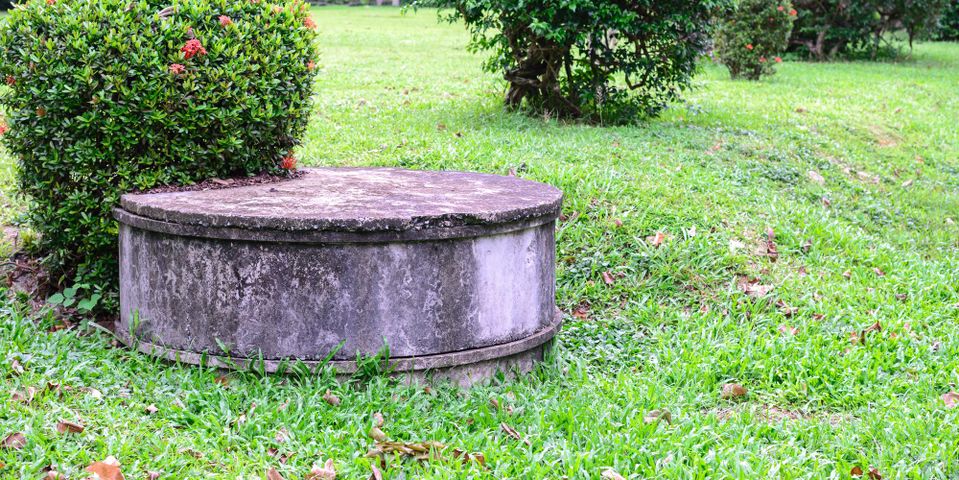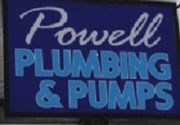
Common in rural areas, septic systems manage the waste flowing out of households. They are eco-friendly because they recycle wastewater. They feature three main components: the septic tank, the distribution box, and the leach field. Learn about these components here and what problems they can experience.
What Is the Tank?
Septic tanks come in concrete, steel, plastic, and fiberglass versions, and accumulate all the waste flowing out of a house through the plumbing system. Solid waste sinks to the bottom of the tank, creating sludge, while floatable waste such as oil, fat, and grease rise to the top, creating scum. The wastewater exits the tank into the distribution box to reach the leach field.
Modern tanks often have two chambers instead of one, with the first chamber used to break down organic sludge and send wastewater into the second chamber through a wall opening. The second, sludge-free chamber filters the wastewater to remove organic contaminants left over from the water’s “visit” with the first chamber.
Whether your septic tank is older or newer, sludge can accumulate and cause serious problems. It can block the plumbing pipes and eventually cause the tank to crack and leak because it is so overloaded. Sewage can also back up into household toilets and drains. Tank pumping every two to five years avoids these issues.
What Is the Distribution Box?
 A t-shaped pipe connects the tank to a distribution box. The wastewater exits this pipe and flows into the box, which sends the effluent into the leach field. Older septic systems use perforated pipes instead of distribution boxes to direct wastewater. Both boxes and pipes can become clogged, which limits the amount of wastewater flowing into the drain field.
A t-shaped pipe connects the tank to a distribution box. The wastewater exits this pipe and flows into the box, which sends the effluent into the leach field. Older septic systems use perforated pipes instead of distribution boxes to direct wastewater. Both boxes and pipes can become clogged, which limits the amount of wastewater flowing into the drain field.
Clogs can also cause sewage backups because waste cannot drain efficiently. Distribution boxes typically become clogged with solid waste from an overloaded septic tank, while perforated pipes can clog with tree and shrub branches looking for nearby water sources. Septic tank pumping combined with box or pipe repairs will solve these problems.
What Is the Leach Field?
Also known as drain fields, leach fields feature a series of underground trenches that naturally filter wastewater before it hits groundwater reserves. The soil in these trenches must remain porous to percolate the water efficiently. If it becomes compacted from parked vehicles, frequent foot traffic, and other heavy objects, wastewater will pool on the field’s surface and possibly drain into nearby waterways. Marking the leach field helps prevent compaction.
Leach fields can also experience issues from plant roots searching for water. Planting trees and shrubs at least 20 feet away from the field sidesteps this issue, as does working with shallow-rooted greenery.
Keep your septic system functional with services from Powell Plumbing & Pumps Inc. in Wisconsin Rapids, WI. Serving the surrounding 20-mile radius since 1985, this licensed, bonded, and insured company offers one-year warranties on workmanship. Call the family business today at (715) 325-2050 to request a quote or visit the website for more information.
About the Business
Have a question? Ask the experts!
Send your question

